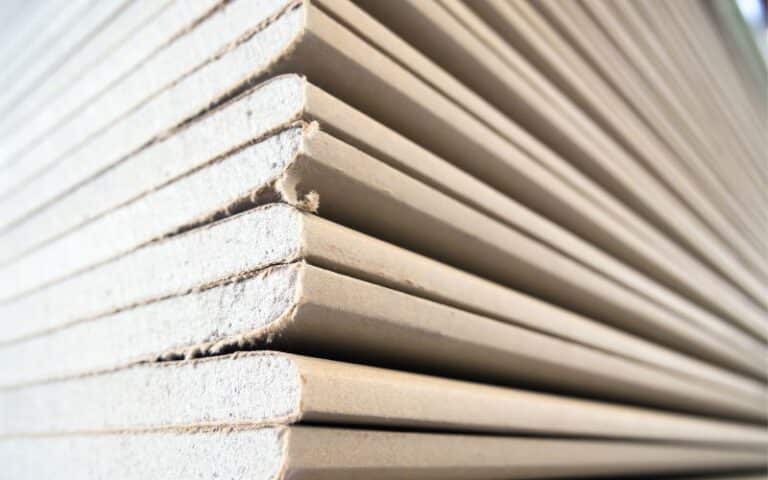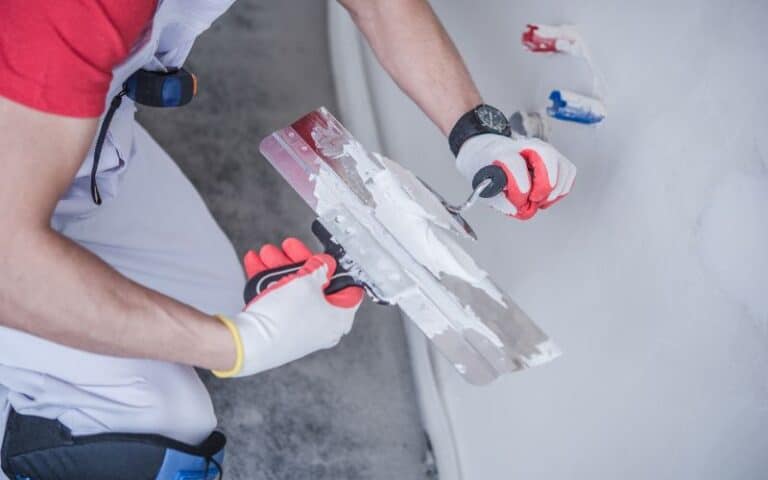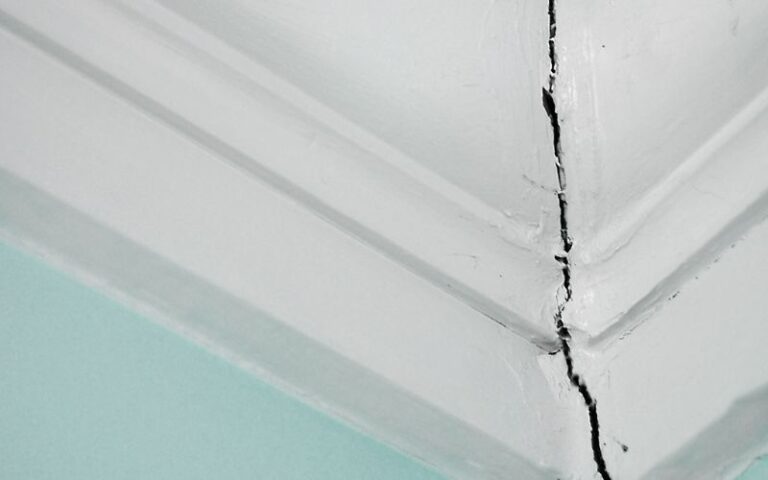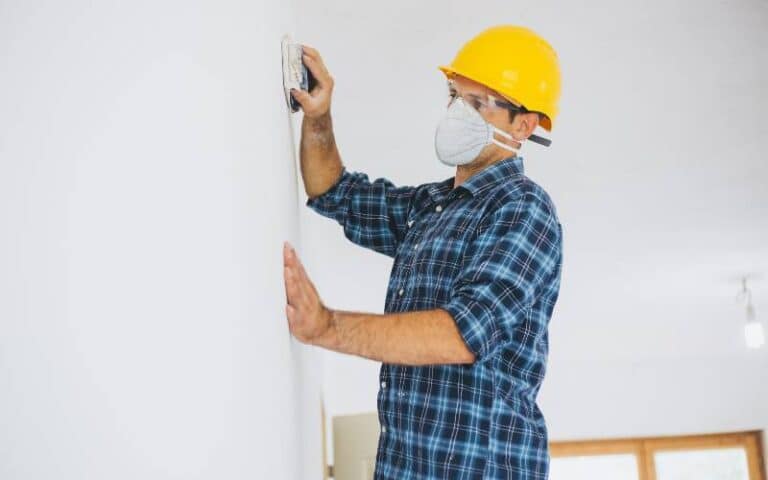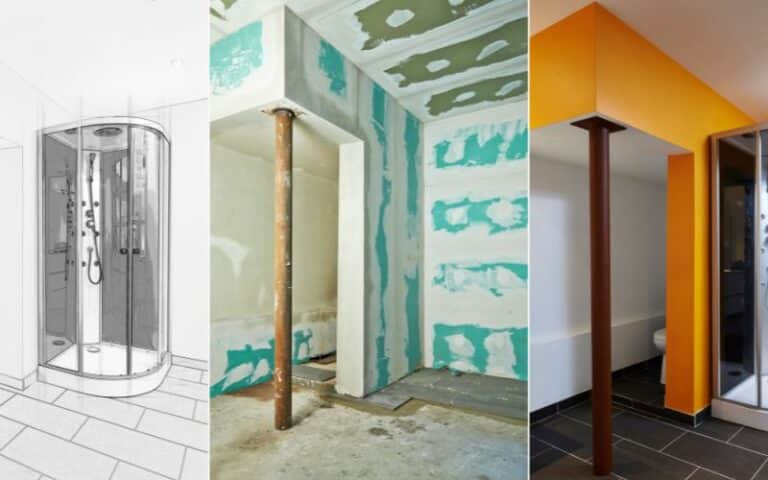You can install nearly all junction or outlet boxes before fastening the drywall in your wall’s frame.
Eventually, a time may come when you want to move a junction box or extend a circuit, and remodeling may be challenging, especially if there are no studs.
However, it would be best if you didn’t worry as we’ll discuss some drywall installation techniques without wall studs and much more.
You don’t need to install a junction box to a wall stud before fastening drywall. When adding a new junction box, it’s always best to fasten it to a stud for a solid attachment. However, it’s optional if no studs exist, as new specialized hardware allows installing a junction or outlet box anywhere without studs.
I’ll explain the process for installing junction boxes without a stud. And by the end of this article, you’ll certainly have gained enough skills to achieve a seamless installation process.
Ready for a Drywall Quiz?
How to Install Junction Box on the Wall Without Stud?
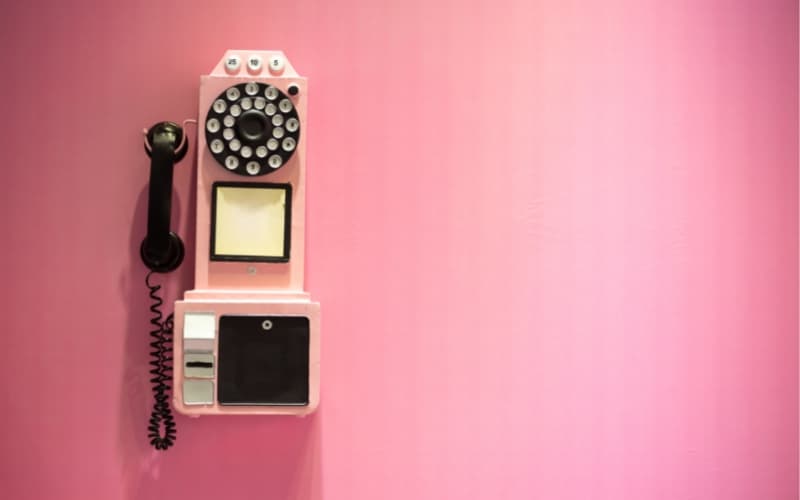
Since you don’t need a stud to install your junction box, you can try your hand at this minor electrical project by following the instructions below.
However, before you start, carefully plan the work, as running cables through walls can sometimes be difficult.
To make your work easier, you can use remodel boxes to hang onto the sheetrock or plaster rather than going through the long process of fixing the remaining members.
However, these remodeled boxes can only be as solid as the wall surfaces you pin them to.
If the sheetrock gets destroyed, try cutting a wider hole, in which you can install a box that you attach directly to a joist.
It’s always best to pick boxes that meet the standard of local codes. Also, before cutting a hole, try using a stud finder to confirm there’s no stud in the way.
That said, here are the various equipment/tools you’d need for the job and the process involved in installing a junction box to a wall without a stud.
#1. Tools/Equipment
Below are the tools you’ll need;
- Hammer
- Drill
- Utility knife
- Screwdriver
- Drywall saw (or you can use a rotary cutter or jigsaw)
- Stud finder
- Cable clamps (if necessary)
- Torpedo level
#2. Materials
Below are the materials you’ll need;
- Remodel boxes ( local code approved).
- Wood screws
- Cable clamps (as required for a metal box)
- Wire connectors
#3. Instructions
Step One (Trace/Mount Box):
Before you begin this project, you should turn off the power to the circuit you want to work on by switching off connected circuit breakers in your house’s circuit breaker box (service panel).
Afterward, check the trace box; if it doesn’t come with a card template, hold its face to the wall. Then, using a torpedo level, check to be sure it’s straight before you proceed to trace it out.
Using a utility knife, carefully cut the line deep enough that it would be able to cut through the sheetrock.
Step Two (Hole Cutting):
Cut a hole inside the utility knife with a drywall saw to prevent the paper from fraying. Now, check to ensure the remodel box fits inside the hole.
Step Three (Threading the Cables):
Run the cable wires through the hole. Then, gently run the cable into the box using at least 8 to 12 inches of the sheath.
Nevertheless, whichever clamping method you use on the box, half an inch of sheathing will show in the box. To be sure you clamped the cables tightly, tug on them.
Step Four (Inserting the Box):
Press the box into the hole to see if it fits tightly. Try not to force it in, as it may damage the drywall. And if necessary, make a larger hole with a utility knife.
Step Five (Box Secured to Wall):
These boxes have wing designs extending when you drill the screw in. So, clutch behind the drywall as you tighten the screw.
Secure the screw until there’s resistance and the box has stuck firmly to the drywall.
Can You Install Junction Box on Drywall Without Stud?
Yes, you absolutely can install a junction box on drywall without studs. One of the purposes of installing an outlet box is to use it as an electrical switchboard.
And to replace your electrical box. These tasks involve a relatively simple fix of an outlet box that your wall might be hiding.
However, if you’re worried about the job not coming out perfectly, you can purchase junction boxes for fastening to walls the manufacturer has sealed.
These boxes have wings you can open after inserting the box in the hole you’ve made for it to fit firmly in.
And when you tighten the screws on the wing, it fits more securely to the drywall, which then holds the box tightly.
Consequently, there are other types of boxes that you can use for this same purpose, but the winged one is more common and easy to use.
Again, you can choose one which is more to your preference. You can find these box types in any hardware or home center store as they’re very common.
Can You Conceal a Junction Box In Drywall?
No, it would be best not to hide your junction box behind drywall, as this would constitute a safety hazard.
So, junction boxes are best left accessible; you can’t cover them with sheetrock or any other material.
Most often, you can use your junction box near an electrical circuit, and where it then extends to several directions from a location where it’s impractical to install a fixture or outlet.
Which is also an easy solution when you want to extend your electrical circuit. Similarly, electrical boxes require you to cover them up with matching junction box covers.
Thus, you can’t conceal them in drywall, wall coverings, tile, or other panelings. Additionally, the box needs enough room to accommodate the conductors inside.
Nevertheless, there are a few cases where you’ll be permitted to keep your junction box hidden behind drywall.
And this is in situations where there are no wires in your electrical box, which will not be affected when you cover the box in the joint compound.
While this may be true, there are still a lot of cons to covering your junction box behind drywall.
Here are the pros and cons of concealing an electrical box in drywall.
| Pros | Cons |
|---|---|
| It’s easier to extend wires in the electrical box. | Wires will be loose against the wall. |
| It makes installation neater, especially when you use guard plates. | It will eventually cause an electric short when you run a material near the outlet box. |
| It makes it safe if you use an outlet cover. | Insurance doesn’t cover it in case of fire or any hazardous event. |
However, if this box still does the job of a junction box, and you link wires in it, the electrical code makes it mandatory to use a removable cover.
These covers come in metal or synthetic. And you can install them with machine screws.
Please note that as a regulation of the National Electrical Code, you can’t make wiring splices outside the approved enclosing.
Therefore, you can use any standard outlet, light fixture, or switch box as the approved enclosing.
But, when you need to conduct wire splicing in other locations along with the circuit, the approved covering is a junction box.
How to Install Junction Box on Finished Drywall Without Stud?
Before engaging or starting this process, purchase the appropriate junction box most suitable for the installation.
For instance, it would be best to buy a weatherproof electrical box with gaskets that can resist moisture in outdoor locations.
Also, be sure to check the size of the box. It would be more suitable to get a large box to accommodate the number of wiring connections you’re about to make.
For example, a tiny 2-by-4 by-1-½ inch box can easily splice just two cable wires (four or five metal conductors).
At the same time, large 4-by-4-by-2-1/8 deep boxes can hold up to four to six conducting wires (as many as 18 metal conductors).
Regardless, for a simple installation process, most DIYers prefer the largest 4-by-4 boxes that are more suitable for their task.
Ensure to turn off your home’s power supply (as stated earlier) before you begin. Then, with an electricity tester pen, carry out a test on all the wires you’ll use.
With this test, you can confirm that there’s no voltage in any of the wires.
For this process, the tools you’d need are;
- Screwdriver
- Hammer
- Pliers
- Drill driver and screwdriver tip
- Wire strippers
And you’ll also need the following materials for the installation:
- Local code-approved junction box with enclosure.
- Wire connectors
- Cable clamps
- Wood screws.
Now, carefully follow the instructions below to get on with your project.
Step 1: Trace the box. Remember to turn off the switch connected to your working circuit for safety.
Step 2: Using a drywall saw, carefully cut the hole.
Step 3: Run or thread the cables through the hold.
Step 4: Gently and carefully insert the box into the hole.
Step 5: Secure the box to the drywall.

